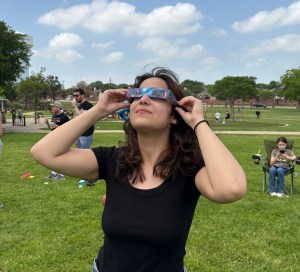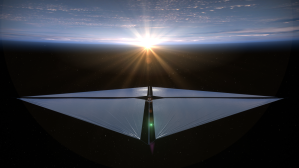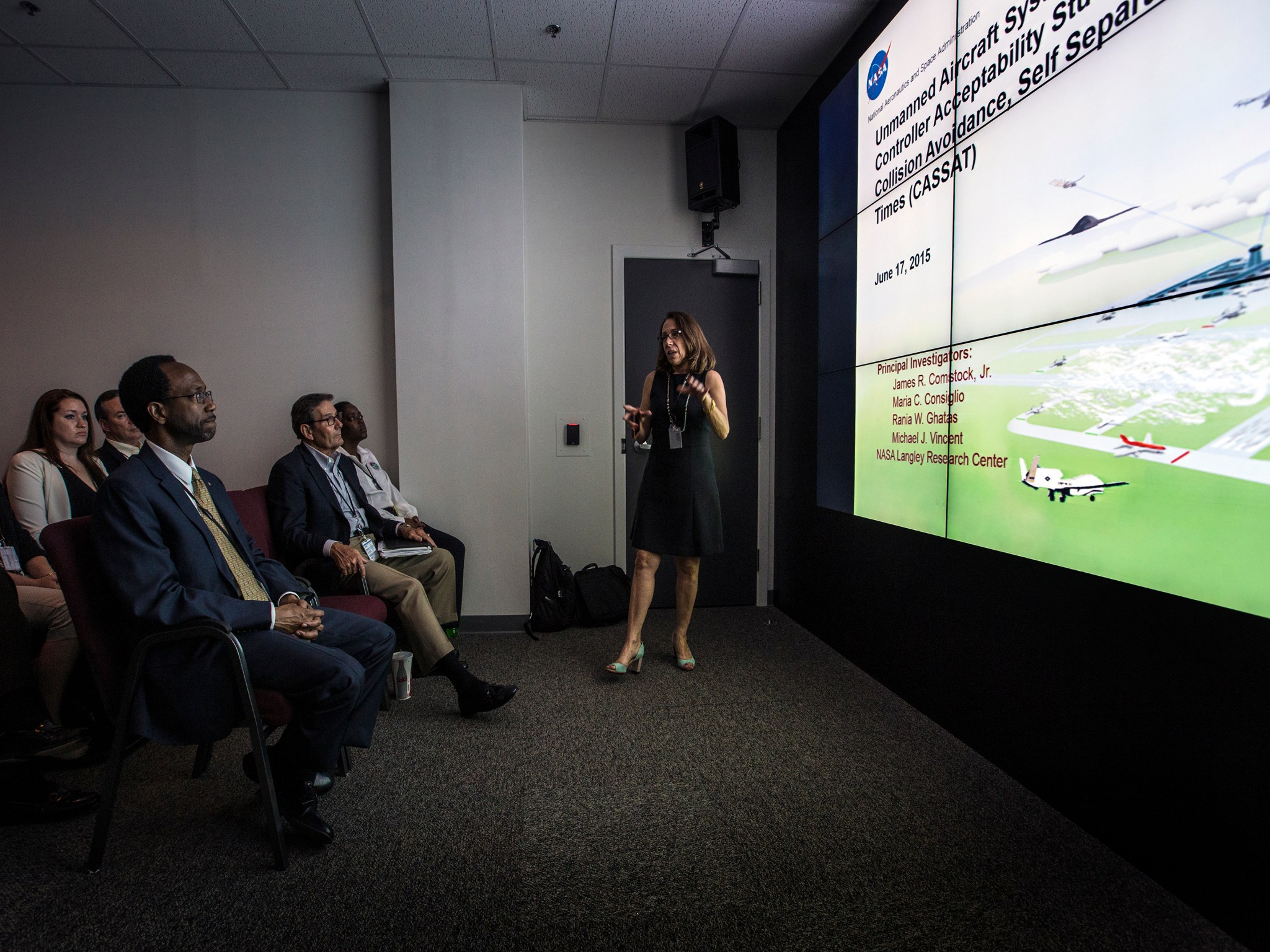
The United States is on the cusp of an era in which large Unmanned Aircraft Systems, or UAS, will mingle in the nation’s skies with human-flown, passenger-carrying jumbo jets.
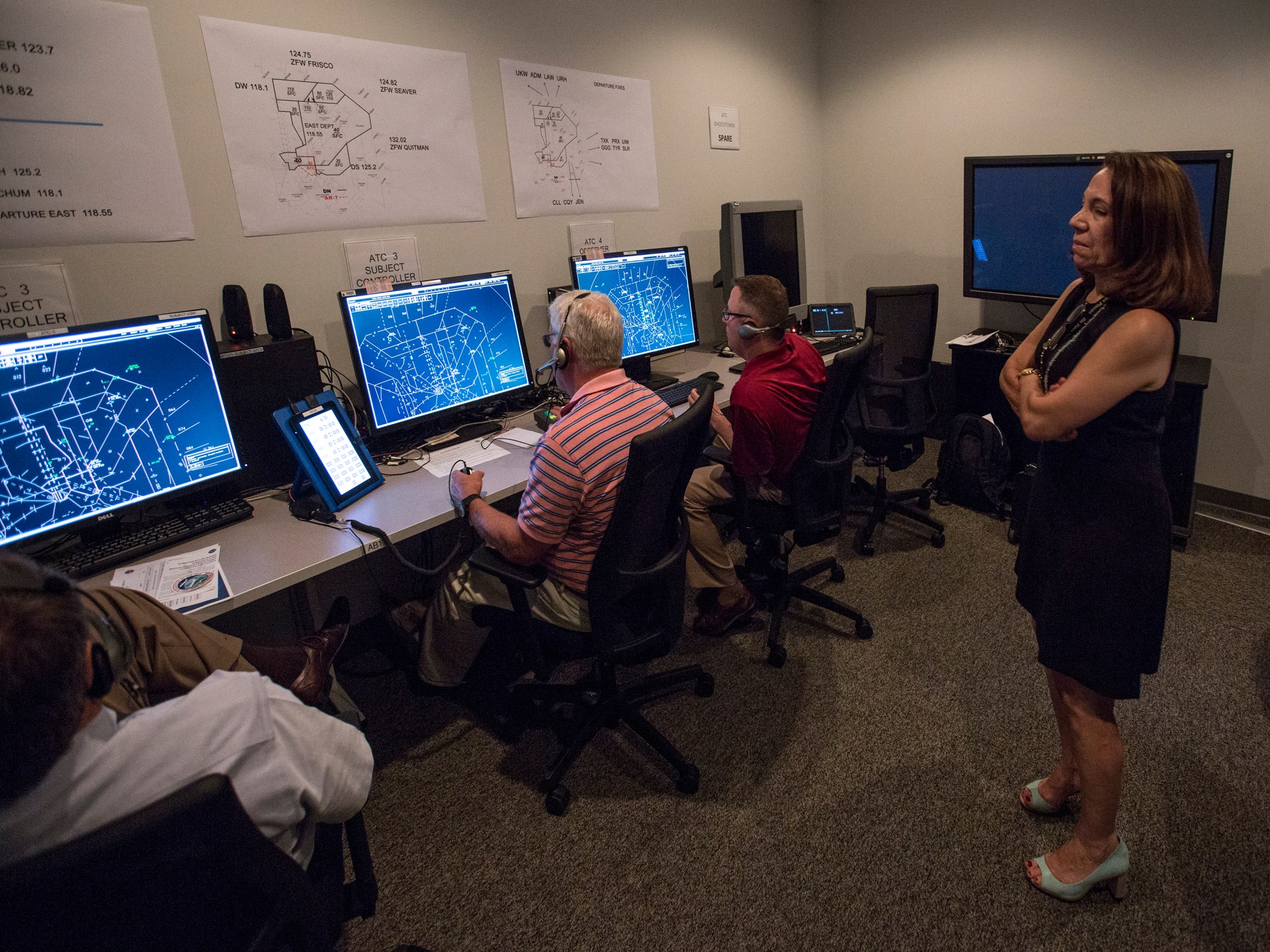
Before a single large UAS can join the flying byways, though, Federal Aviation Administration regulations require that it be able to safely and reliably detect and avoid other aircraft.
It’s a tricky issue, but a team at NASA’s Langley Research Center in Hampton, Virginia, is puzzling it all out.
“In particular, the most difficult problem we are trying to solve is how do we replace the eyes of the pilot in the cockpit?” said Maria Consiglio, who leads the NASA Langley Sense and Avoid/Separation Assurance Interoperability, or SSI, team.
“We have developed, and are currently testing, detect-and-avoid algorithms,” she said. “We’re also running multiple research experiments to support the validation of this technology.”
The SSI team’s Detect and Avoid Alerting for Unmanned Systems, or DAIDALUS, algorithm could very well provide the FAA with the framework for keeping unmanned aircraft “well clear” of other aircraft in the national airspace system, or NAS.
That’s important because while a large UAS is equipped with several sensors that collect data about its surroundings, as Consiglio mentioned, there’s no pilot in the cockpit to piece that information together.
That’s where DAIDALUS comes in. It works by processing the incoming traffic surveillance sensor data. “What it actually spits out is maneuver guidance for the pilot on the ground to remain “well clear” of other traffic, said Michael Vincent, a human factors research engineer with the SSI team.
DAIDALUS doesn’t just relay passive alerts, though. It also “sees” safe paths out of potentially dicey situations.
“As you progress into an encounter,” said Vincent, “DAIDALUS will provide information on where you should go to avoid other aircraft.”
The SSI team developed and tested DAIDALUS in simulations, including two human-in-the-loop studies that assessed air traffic controllers’ comfort level with the system’s definitions of well clear. For vertical clearance, that definition is about 500 feet. For horizontal, it’s about 1.5 nautical miles.
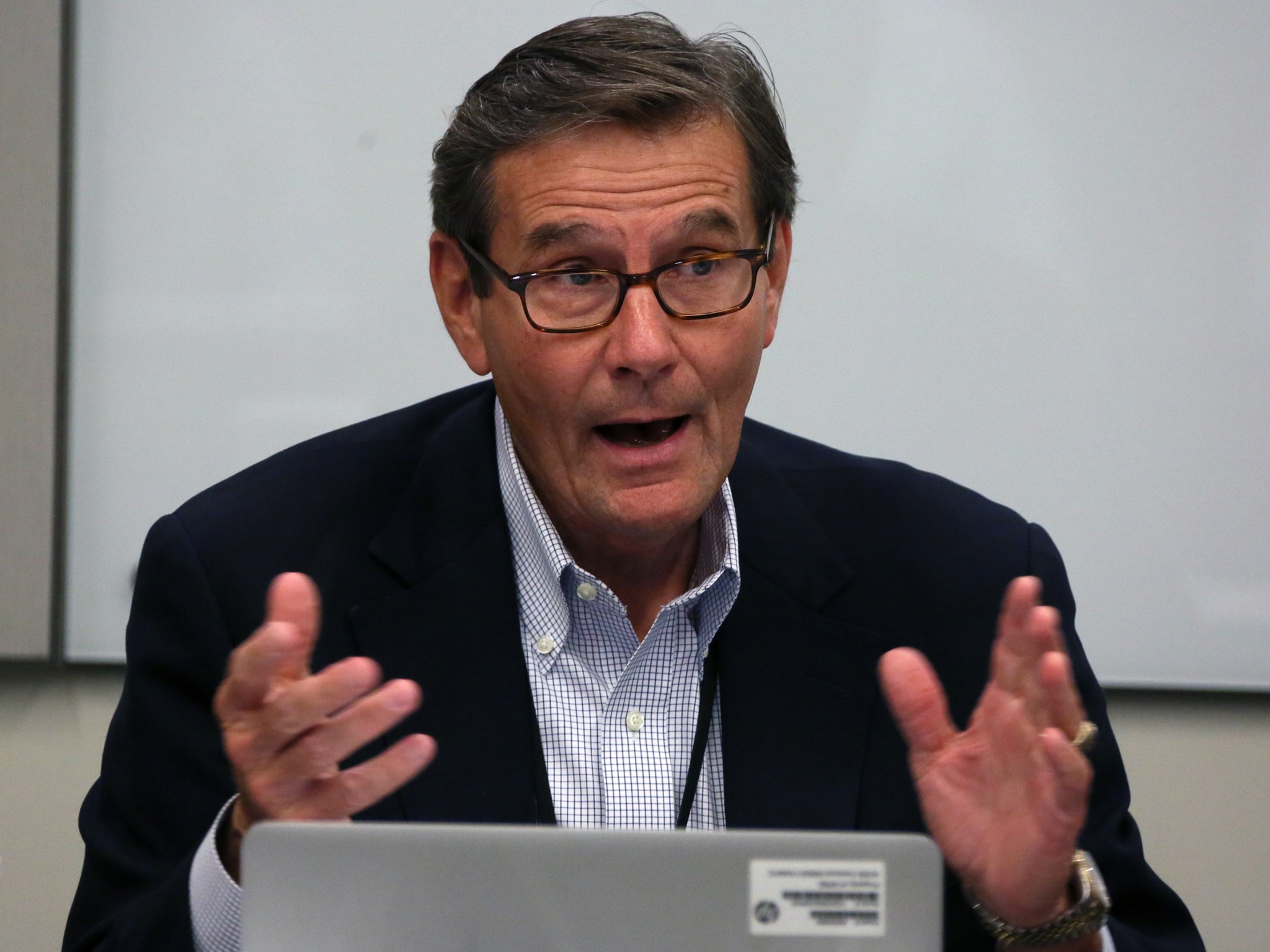
The SSI team provided data from those simulations to the FAA. According to Keith Arthur, a co-project engineer on the NASA Langley team, that data has significantly contributed to the FAA’s efforts to develop Minimum Operational Performance Standards for UAS.
“NASA has taken a nebulous concept — well clear — and come up with an elegant mathematical solution for it that can be implemented in software,” said Arthur. “So those who are interested now can take that and run with it. They can make avionics software that will keep people safe.”
And the testing continues. In simulations at NASA Langley’s Air Traffic Operations Lab, or ATOL, researchers are looking at how well air traffic controllers can manage traffic in simulated airspace that contains both UAS equipped with detect-and-avoid systems and traditional manned aircraft operations.
The work at Langley is part of a much broader effort at NASA to integrate UAS into the NAS. Researchers from NASA’s Armstrong Flight Research Center at Edwards, California, Glenn Research Center in Cleveland, and Ames Research Center at Moffett Field, California, are also participating in the project.
Ed Waggoner, director of NASA’s Integrated Aviation Systems Program Office, which oversees the UAS Integration in the NAS project, recently visited NASA Langley to witness a live demo of the SSI team’s ATOL simulations.
“I was blown away,” he said, “because what they showed me was something that provides the pilot precise decision support information and I truly believe this technology can work in our National Airspace.”
Waggoner believes NASA’s efforts to integrate UAS into the NAS will help open American skies in such a way that large unmanned aircraft will be used for everything from search-and-rescue missions to precision agriculture to airborne photography.
“NASA is so excited to be part of the FAA’s rule-making cadre of information,” said Waggoner. “We’re providing the research for them, the regulators, to make the rules that are going to make the skies safe for the commercial application of UAS. It is what’s happening in aviation right now.”


























